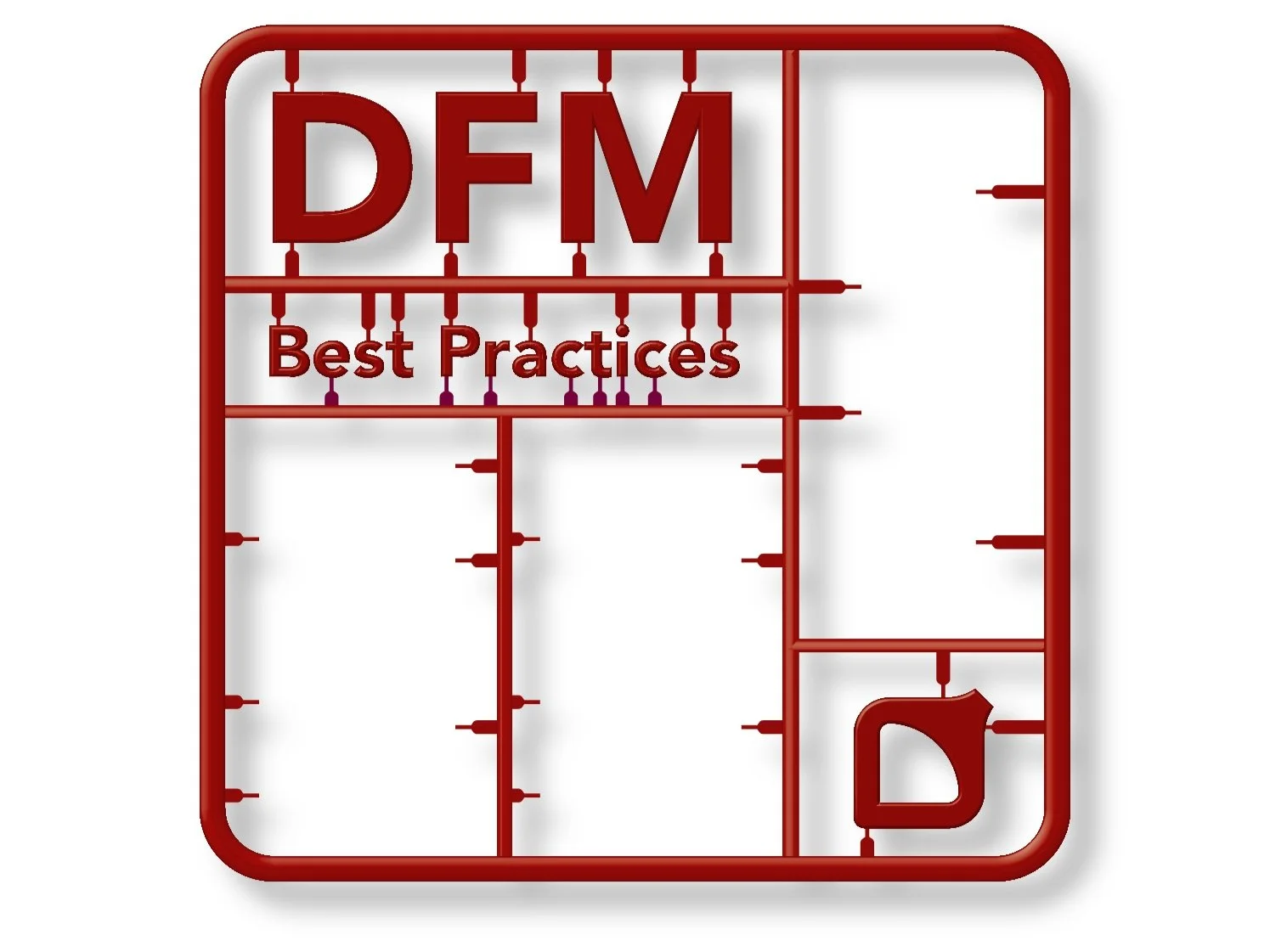A High-Level Overview of Current 3D Printing Technologies
Over the past few decades, a whole new world of prototyping has emerged that has allowed for products to be developed in ways that were previously impossible. Formerly, prototypes were primarily made using subtractive manufacturing—a process similar to constructing an ice sculpture which involves the removal of material from a larger block to produce the final product. Additive manufacturing, or 3D printing, is the neo-prototyping technology reshaping the art. Unlike subtractive, additive manufacturing builds up parts from scratch, like working with an assortment of Legos. There are a wide variety of 3D printing technologies, each containing unique features. Currently, the foremost additive manufacturing methods for plastics include FDM, SLS, SLA, Polyjet and DLS. So how do you determine which option is best for you? Some key factors to consider when selecting a 3D printing process should include part size, material properties, surface finish and cost. Here is an overview of these 5 methods:
FDM (Fused Deposition Modeling) is a method which puts down “spaghettis” of plastic, layer by layer, to build a 3D part. The plastic is commonly referred to as filament, and the “spaghettis” are made by pushing the molten plastic through a small opening in a process known as extrusion. This method creates a solid plastic model that does not require any curing process. Due to the manufacturing method, the layers of filament can be easily seen, resulting in a lower quality surface finish. Since the filament is somewhat wide, this process has trouble producing small or fine features. Although there are post processing methods that can be used to achieve better surface finishes, these can be time consuming and hard to control. Small desktop FDM printers can easily be found for $200 - $2000 and the filament can be attained at relatively inexpensive costs. This method is best for fast fit-checks and functional mock-ups, however it is not recommended for parts that require a cleaner surface finish.
Additive vs Subtractive Manufacturing
SLS (Selective Laser Sintering) uses a laser to selectively melt, or sinter, layers of powdered plastic to produce a 3D part without requiring any curing process. SLS parts have a matte finish due to the “grit” of the powder. This process can produce finer features than FDM but is limited by the powder resolution. While SLS printers are not readily available at hobbyist level prices, this is one of the least expensive ways to produce parts when evaluating 3D printing services. This method is best for fit-checks, functional mock-ups and demonstration parts which call for a matte finish.
SLA (Stereolithography) uses a vat of liquid resin (comparable to superglue) and an ultra-violet laser to cure, or harden, the resin in subsequent layers. Since SLA parts are made from a liquid, they have an excellent surface finish and very high accuracy for small features. One drawback to the ultra-violet curing method is that the parts will continue to cure when exposed to other ultra-violet light sources, such as sunlight, which can cause the parts to become more brittle, and warp or discolor over time. There are a few entry level SLA printers available starting at a price point of about $250. These printers can generate small parts and are becoming more mainstream. Liquid resin is more expensive than the plastic filament used for FDM and SLA. This method also creates clear parts and is best for mock-ups that require a smooth surface finish or very fine part details.
Functional prototypes sliced in Ultimaker Cura and 3D printed on Ultimaker 3 - By Svitlana Lozova - Own work, CC BY-SA 4.0
Polyjet is a process that puts down and cures dots of liquid resin in layers, like an inkjet printer, to create a 3D part. This process is one of the most expensive plastic printing methods, yet it has the distinct advantage of being able to print in multiple colors and materials, including a clear option, simultaneously. It has a somewhat muted surface finish and, like SLA, continues to cure over time causing brittleness and discoloration. Polyjet is best for prototyping over-molded parts that otherwise could not be made for printing mock-ups requiring true color.
DLS (Digital Light Synthesis) is a fairly new process similar to SLA, yet it requires an additional baking operation to finalize the part. This secondary operation prevents the part from continuing to cure when exposed to ultraviolet light and gives the part materials certain properties that are comparable to injection molded parts. DLS gives excellent surface finishes and can print color-matched or clear material. When exploring 3D printing service companies, you may find that small parts at higher quantities to be an inexpensive option. This process is best for smaller mock-up or production parts that require a specific color, and it can be utilized for any surface finish requirement.
In comparing each technology, we can gather that FDM and SLS are great options for quick fit-checks and functional mock-ups without breaking the bank, depending on the required surface finish. They would not, however, be ideal for fine features or smooth surface finishes. SLA is a viable option for parts that require a more polished surface finish, including parts larger than a few inches in diameter. The trade-off with SLA is that it is costlier than both FDM and SLS, and far more fragile than a final production part. Polyjet, while rather expensive, is great for generating multi-color and/or multi-material parts when surface finish is not a concern. Lastly, DLS is great for smaller parts, color matching, and quality surface finishing at lower costs, yet could easily become a less cost-effective choice as part size requirements increase.
Each 3D printing method contains its own special niche—not all are created equal, but each can offer the right value depending on the individual design and product development needs.





